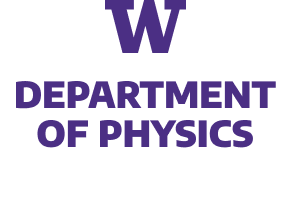Hadron wavepackets are prepared and time evolved in the Schwinger model using 112 qubits of IBM’s 133-qubit Heron quantum computer ibm_torino. The initialization of the hadron wavepacket is performed in two steps. First, the vacuum is prepared across the whole lattice using the recently developed SC-ADAPT-VQE algorithm and workflow. SC-ADAPT-VQE is then extended to the preparation of localized states, and used to establish a hadron wavepacket on top of the vacuum. This is done by adaptively constructing low-depth circuits that maximize the overlap with an adiabatically prepared hadron wavepacket. Due to the localized nature of the wavepacket, these circuits can be determined on a sequence of small lattices using classical computers, and then robustly scaled to prepare wavepackets on large lattices for simulations using quantum computers. Time evolution is implemented with a second-order Trotterization. To reduce both the required qubit connectivity and circuit depth, an approximate quasi-local interaction is introduced. This approximation is made possible by the emergence of confinement at long distances, and converges exponentially with increasing distance of the interactions. Using multiple error-mitigation strategies, up to 14 Trotter steps of time evolution are performed, employing 13,858 two-qubit gates (with a CNOT depth of 370). The propagation of hadrons is clearly identified, with results that compare favorably with Matrix Product State simulations. Prospectsfor a near-term quantum advantage in simulations of hadron scattering are discussed.
This work was supported, in part, by the U.S. Department of Energy grant DE-FG02-97ER-41014 (Farrell), by U.S. Department of Energy, Office of Science, Office of Nuclear Physics, InQubator for Quantum Simulation (IQuS)14 under Award Number DOE (NP) Award DE-SC0020970 via the program on Quantum Horizons: QIS Research and Innovation for Nuclear Science (Ciavarella, Farrell, Savage), the Quantum Science Center (QSC) which is a National Quantum Information Science Research Center of the U.S. Department of Energy (DOE) (Illa), and by the U.S. Department of Energy (DOE), Office of Science under contract DE-AC02-05CH11231, through Quantum Information Science Enabled Discovery (QuantISED) for High Energy Physics (KA2401032) (Ciavarella). This work is also supported, in part, through the Department of Physics and the College of Arts and Sciences at the University of Washington. This research used resources of the Oak Ridge Leadership Computing Facility (OLCF), which is a DOE Office of Science User Facility supported under Contract DE-AC05-00OR22725. We acknowledge the use of IBM Quantum services for this work. The views expressed are those of the authors, and do not reflect the official policy or position of IBM or the IBM Quantum team.


